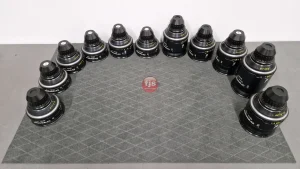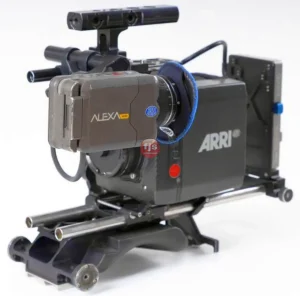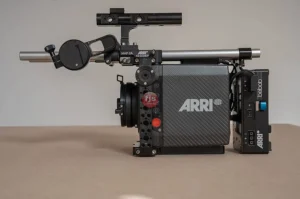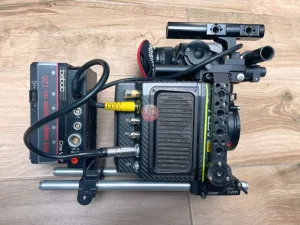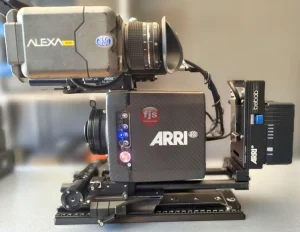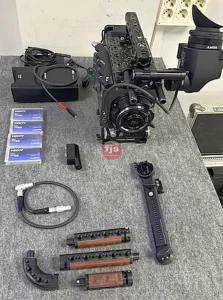Introduction
Low-light shooting can be a challenging task for any videographer. The quality of your footage can be significantly impacted by factors like noise, dynamic range, and sensitivity. Choosing the right format for your camera can make a big difference. In this article, we’ll explore some of the best formats for low-light shooting.
Key Factors to Consider
- Dynamic Range: This refers to the camera’s ability to capture detail in both the darkest and brightest parts of a scene. A wider dynamic range allows for more flexibility in post-production.
- Sensitivity: This measures the camera’s ability to gather light. A higher sensitivity allows for better performance in low-light conditions.
- Noise Reduction: Noise reduction techniques help to minimize the graininess that can appear in low-light footage.
Best Formats for Low-Light Shooting
- RAW Format:
- Pros: RAW formats capture the maximum amount of image data, providing greater flexibility in post-production. They offer excellent dynamic range and low-light performance.
- Cons: RAW files are large and require more processing power to edit.
- Log Formats:
- Pros: Log formats capture a wider dynamic range than standard formats, allowing you to recover more detail in the shadows and highlights.
- Cons: Log footage requires careful color grading and post-processing to achieve the desired look.
- High-Sensitivity Formats:
- Pros: These formats are optimized for low-light shooting and often offer built-in noise reduction.
- Cons: They may sacrifice some image quality in well-lit conditions.
Tips for Low-Light Shooting
- Use a Tripod: A tripod will help you stabilize your camera and reduce camera shake, especially in low-light conditions.
- Adjust Your Aperture: A wider aperture (lower f-stop number) will allow more light to enter the camera.
- Increase ISO: A higher ISO setting will make your camera more sensitive to light. However, this can also increase noise.
- Use a Good Lens: A fast lens with a wide aperture can significantly improve low-light performance.
- Utilize Post-Production Techniques: Techniques like noise reduction and color grading can help to improve the quality of your low-light footage.
Conclusion
By understanding the key factors and choosing the right format, you can capture stunning low-light footage. Remember to experiment with different settings and techniques to find the best approach for your specific needs.


